A custom landscape design goes beyond planting flowers and adding walkways — it’s about crafting an outdoor sanctuary that mirrors your personal aesthetic, enhances your home’s character, and functions beautifully for your lifestyle. When thoughtfully designed, your landscape becomes an extension of your home, offering spaces to relax, entertain, and enjoy outdoor living year-round.
Whether your vision includes a modern minimalist garden, a lush traditional retreat, or a luxurious backyard getaway, achieving it requires intentional planning and expert craftsmanship.
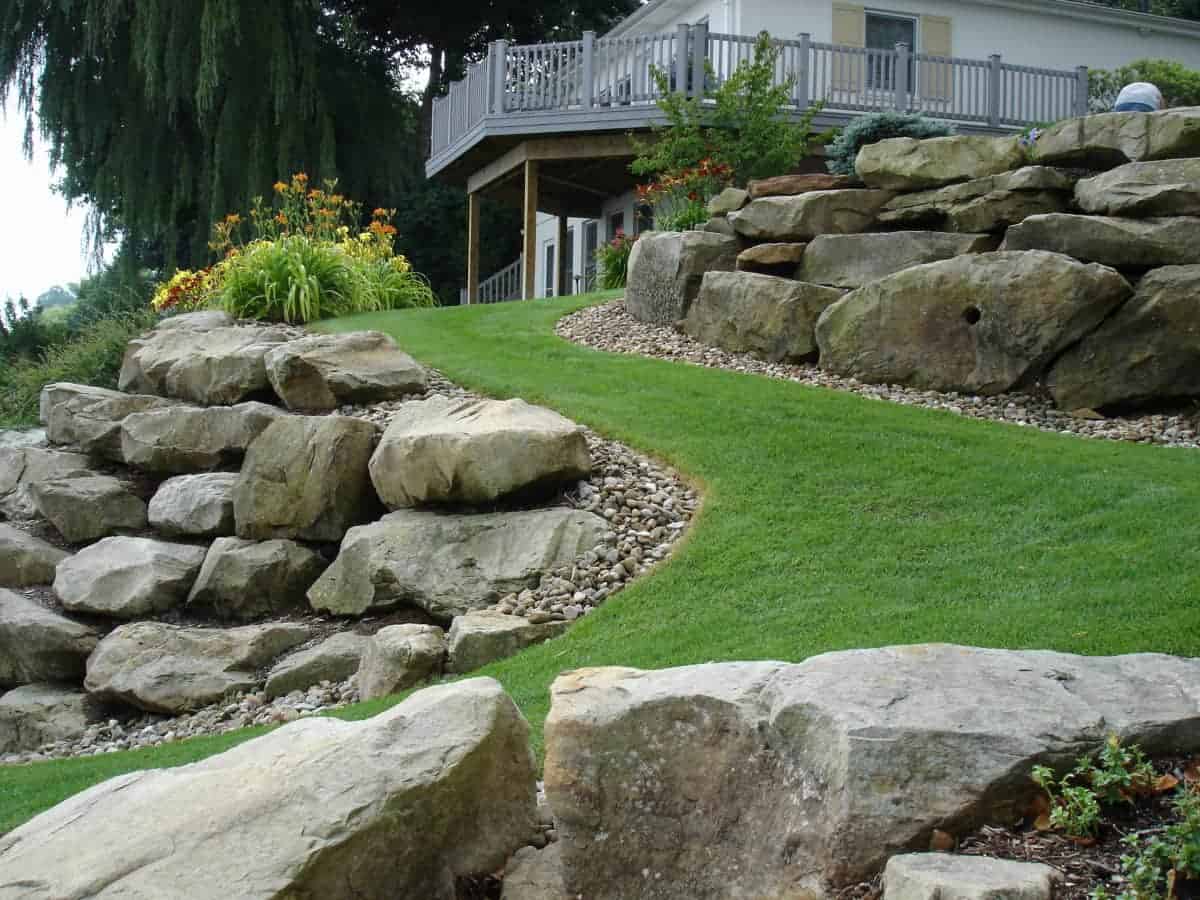
This guide will walk you through the essential steps to creating a landscape that’s both a personal statement and a lasting investment in your property.
Key Considerations for a Personalized Landscape Design
Define Your Landscape Style
Your outdoor space should reflect your unique personality and taste. Begin by imagining how you want your yard to feel—sleek and contemporary, charming and classic, or maybe even like a private tropical hideaway.
Common landscape styles include:
- Modern and minimalist: Clean lines, neutral tones, and geometric forms
- Traditional and classic: Symmetry, manicured hedges, and timeless materials
- Tropical retreat: Lush greenery, vibrant flowers, and water elements
- Rustic and natural: Native plants, weathered wood, and organic stone
Your chosen style will guide plant choices, material selections, and the overall layout, helping create a consistent and expressive outdoor environment.
Assess Your Property’s Architecture and Layout
A great landscape complements its surroundings. Consider the architectural features of your home and the natural characteristics of your property. Does your house have strong lines or soft curves? Is your yard sunny, shaded, sloped, or flat? These factors influence everything from plant selection to hardscaping design. A cohesive landscape connects your outdoor environment to your home’s structure, creating harmony between built and natural elements.
Determine Functional Needs
A beautiful landscape should also work for your lifestyle. Think about how you’ll use your outdoor space: Do you want an area for entertaining guests, a private retreat in which to unwind, or a low-maintenance garden to enjoy – without the upkeep?
Functional elements to consider include:
- Entertainment zones: Patios, fire pits, and outdoor dining spaces
- Privacy screening: Fencing, hedges, or strategic plant placement
- Low-maintenance gardens: Drought-tolerant or native plants
- Water-efficient features: Smart irrigation and rain gardens
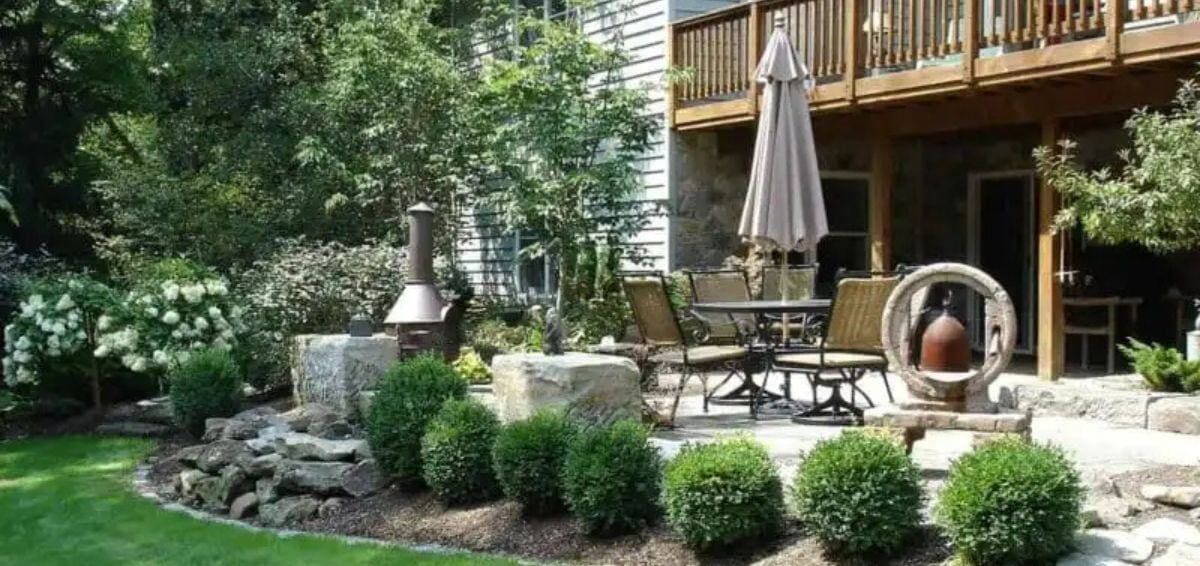
Balancing aesthetics with functionality ensures your landscape is both inviting and practical.
Elements of a Custom Landscape Design
Hardscaping and Structural Features
Hardscaping provides the structure that anchors your outdoor design. Patios, walkways, retaining walls, and driveways not only define how you move through the space but also add visual interest and contrast. Features like outdoor fireplaces or fountains introduce ambiance and become focal points.
Popular hardscape elements include:
- Walkways and patios: Natural stone, pavers, or stamped concrete
- Fire features: Fire pits and outdoor fireplaces
- Water features: Fountains, ponds, or waterfalls
- Driveways and retaining walls: Functional yet stylish with premium materials
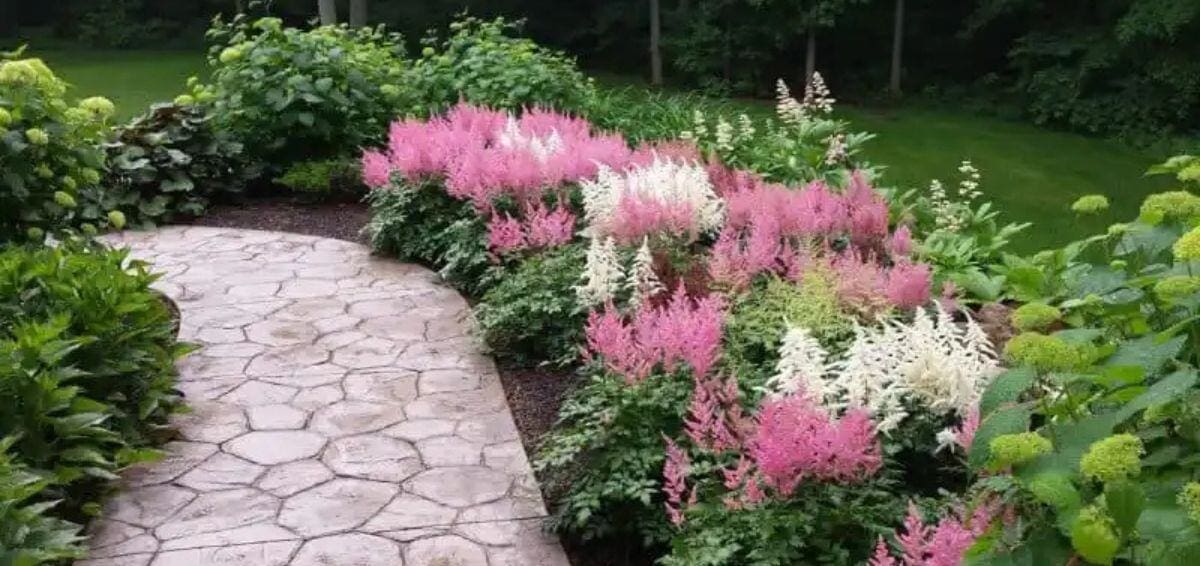
When thoughtfully integrated, hardscaping ties your entire outdoor area together and enhances usability.
Plant Selection and Garden Design
Plants are the soul of your landscape. They bring movement, color, and softness, offering beauty across the seasons. Choose varieties that align with your climate, maintenance preferences, and visual goals.
A well-curated garden should consider:
- Seasonal interest: Plants that offer year-round appeal
- Climate compatibility: Native or regionally adapted species
- Maintenance level: Low-care options for ease and sustainability
Layering trees, shrubs, and perennials can create depth and texture, while ornamental grasses and evergreens add structure and greenery throughout the year.
Outdoor Living Spaces
Creating comfortable and functional outdoor living areas is essential to modern landscape design. Whether it’s a shaded pergola, a luxurious kitchen setup, or a cozy fire pit area, these features extend your home’s livable space into the open air.
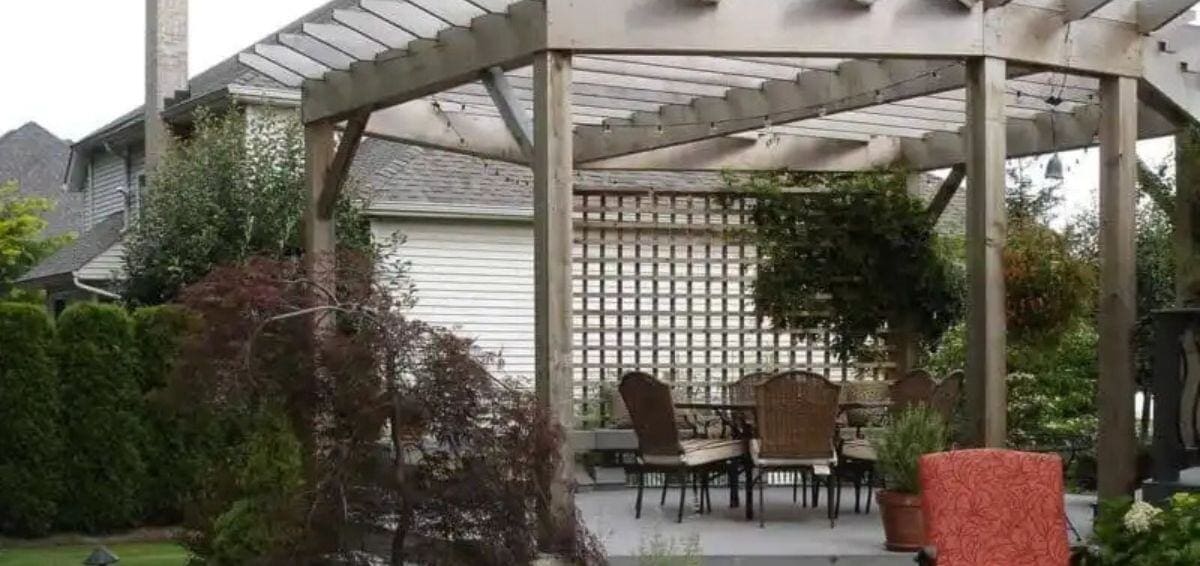
Highlights of luxury outdoor living include:
- Outdoor kitchens: High-end appliances and weatherproof countertops
- Shaded seating areas: Pergolas, cabanas, or covered lounges
- Pools and spas: Custom-designed for beauty and relaxation
Thoughtful furnishings, lighting, and durable materials contribute to a space that feels both polished and welcoming.
Lighting and Accent Features
Lighting does more than improve safety—it adds a layer of artistry to your yard after sunset. Strategically placed uplights can showcase trees and architectural elements, while pathway lights guide guests through your garden. For added charm, string lights or lanterns create a festive and intimate ambiance.
Accent features to consider:
- Uplighting: For trees, walls, or sculptures
- Pathway lighting: To improve navigation and highlight routes
- Decorative accents: Sculptures, artistic planters, and decorative tilework
These details enhance ambiance and express your personality, elevating your space from ordinary to extraordinary.
The Benefits of Hiring a Professional Landscape Designer
Design Expertise
Working with a professional designer means your landscape benefits from a trained eye and a strategic approach. A designer can help merge your vision with practical solutions, ensuring your final space feels cohesive, functional, and personalized. They’ll also have access to premium materials and plant varieties not always available to the public, as well as a team of skilled craftspeople to bring the design to life.
The Custom Design Process
A professional landscape project typically starts with an in-depth consultation where you’ll discuss your goals, style, and how you plan to use the space. From there, designers draft concepts, refine ideas, and present renderings that help you visualize the transformation. Material selection follows, allowing you to choose the perfect combination of finishes, plants, and features. Finally, skilled installers turn the vision into reality with attention to every detail.
Budgeting for a Luxury Landscape
Luxury landscaping is an investment, and the cost depends on factors like:
- Property size
- Project complexity
- Material selections
- Custom features such as outdoor kitchens, water elements, or bespoke stonework
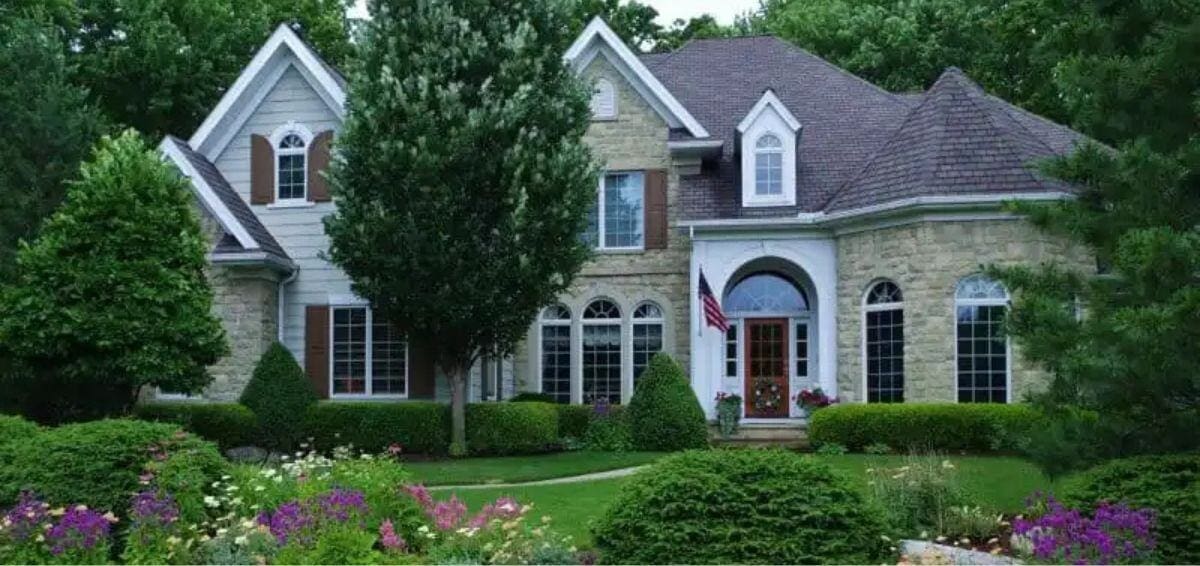
With expert guidance, your investment will not only increase your property’s value but also provide years of enjoyment.
Maintenance and Upkeep
Seasonal Maintenance Strategies
A thoughtfully designed landscape deserves ongoing care. Each season brings unique tasks—spring is for planting and fertilizing, summer requires consistent watering and weeding, fall calls for pruning and cleanup, and winter means protecting delicate plants and maintaining hardscape integrity.
General seasonal tasks include:
- Spring: Mulching, planting, fertilizing
- Summer: Watering, mowing, pest management
- Fall: Leaf cleanup, pruning, winterizing
- Winter: Protecting plants, hardscape maintenance
Staying on top of seasonal maintenance preserves your landscape’s health and beauty all year long.
Hiring a Professional Maintenance Team
Many homeowners opt to partner with a full-service landscaping team to ensure their outdoor spaces stay in peak condition. These experts provide more than lawn mowing—they offer comprehensive services like ongoing plant care, plant replacements if needed, irrigation management, pruning, and hardscape cleaning. Continual care from professionals like Lifestyle Landscaping means your landscape remains vibrant, functional, and stunning through every season.
Conclusion
A custom landscape design offers more than visual beauty—it reflects your unique taste, complements your home, and enhances everyday living. Ready to create your dream outdoor space? Contact Lifestyle Landscaping today to bring your vision to life with expert design and lasting elegance.
